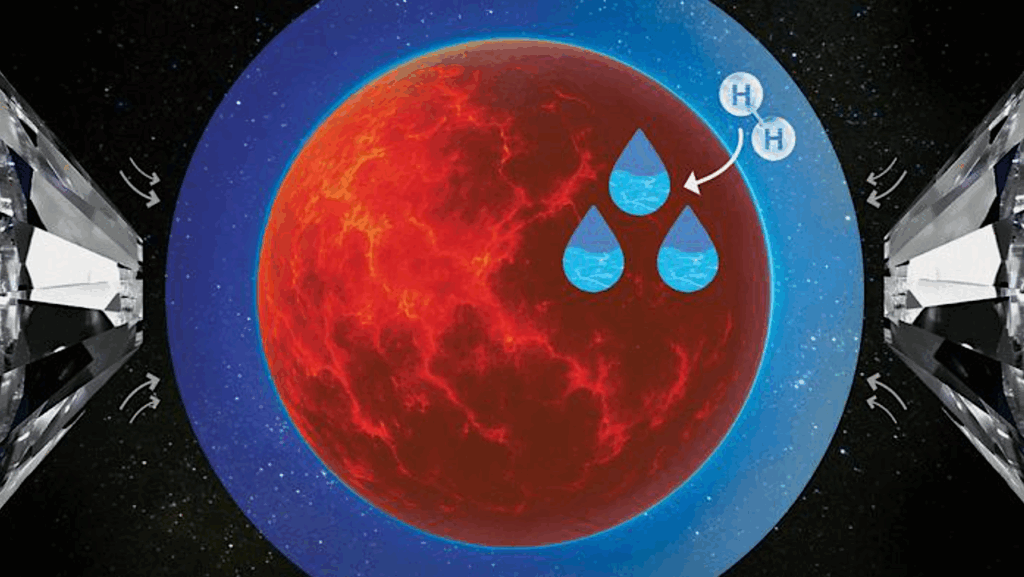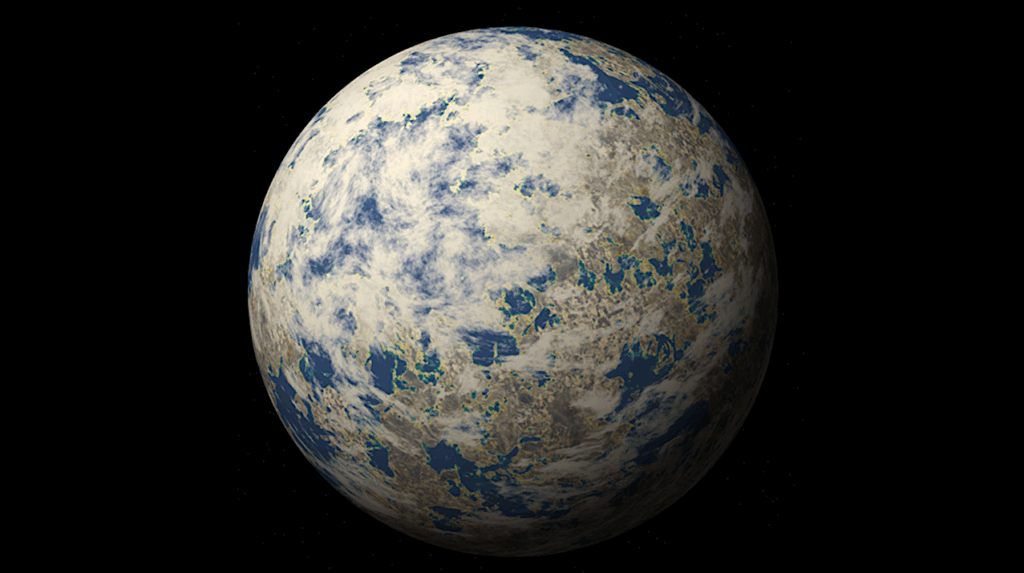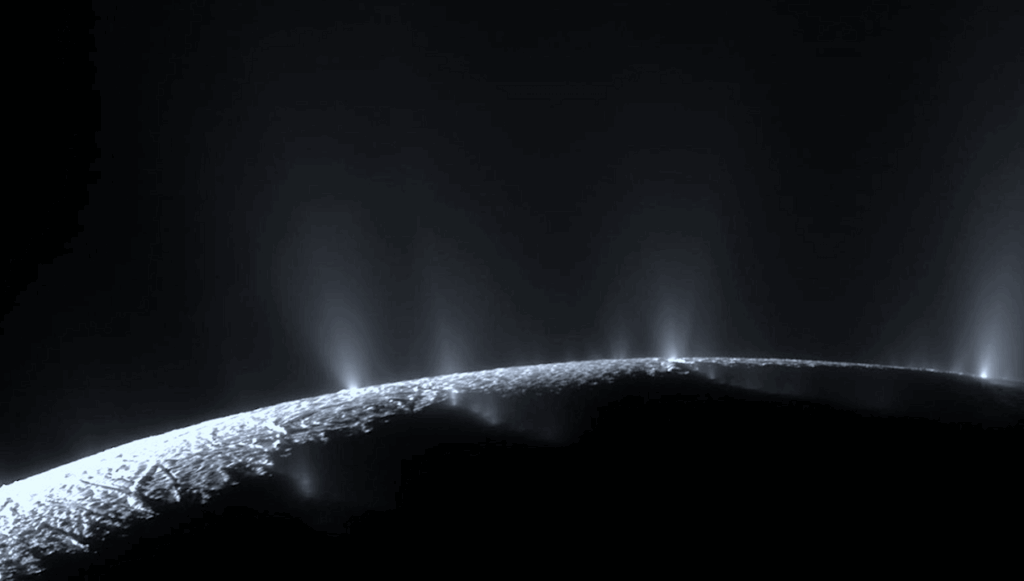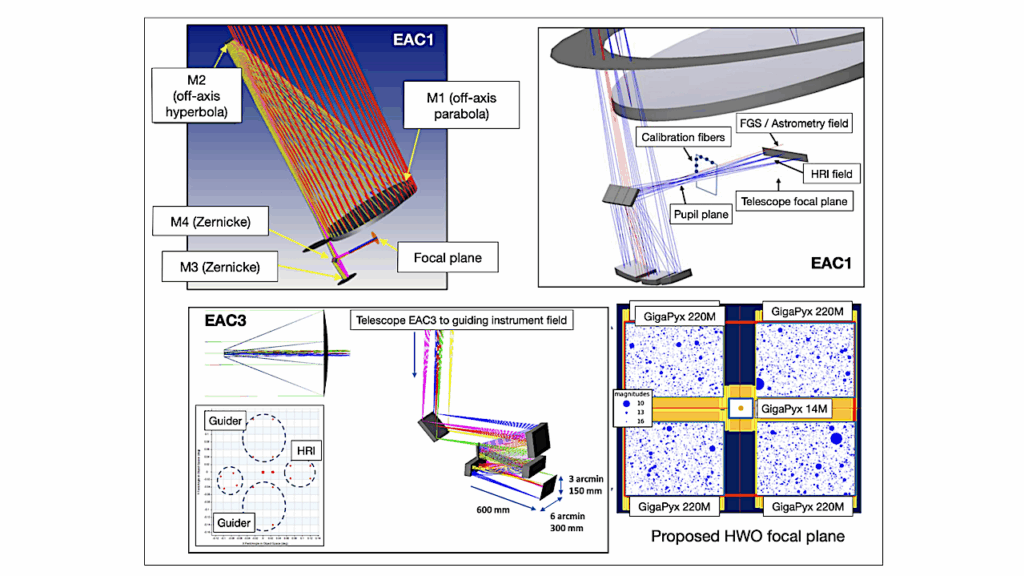Vertically Resolved Magma Ocean-protoatmosphere Evolution: H2, H2O, CO2, CH4, CO, O2, and N2 As Primary Absorbers

The earliest atmospheres of rocky planets originate from extensive volatile release during magma ocean epochs that occur during assembly of the planet.
These establish the initial distribution of the major volatile elements between different chemical reservoirs that subsequently evolve via geological cycles. Current theoretical techniques are limited in exploring the anticipated range of compositional and thermal scenarios of early planetary evolution, even though these are of prime importance to aid astronomical inferences on the environmental context and geological history of extrasolar planets. Here, we present a coupled numerical framework that links an evolutionary, vertically-resolved model of the planetary silicate mantle with a radiative-convective model of the atmosphere.
Using this method we investigate the early evolution of idealized Earth-sized rocky planets with end-member, clear-sky atmospheres dominated by either H2, H2O, CO2, CH4, CO, O2, or N2. We find central metrics of early planetary evolution, such as energy gradient, sequence of mantle solidification, surface pressure, or vertical stratification of the atmosphere, to be intimately controlled by the dominant volatile and outgassing history of the planet.
Thermal sequences fall into three general classes with increasing cooling timescale: CO, N2, and O2 with minimal effect, H2O, CO2, and CH4 with intermediate influence, and H2 with several orders of magnitude increase in solidification time and atmosphere vertical stratification. Our numerical experiments exemplify the capabilities of the presented modeling framework and link the interior and atmospheric evolution of rocky exoplanets with multi-wavelength astronomical observations.
Tim Lichtenberg, Dan J. Bower, Mark Hammond, Ryan Boukrouche, Patrick Sanan, Shang-Min Tsai, Raymond T. Pierrehumbert
Comments: Accepted for publication in JGR Planets; 23 pages, 10 figures; summaries available at this https URL (blog) and this http URL (video)
Subjects: Earth and Planetary Astrophysics (astro-ph.EP); Atmospheric and Oceanic Physics (physics.ao-ph); Geophysics (physics.geo-ph)
Journal reference: Journal of Geophysical Research: Planets (2021), Exoplanets: The Nexus of Astronomy and Geoscience
DOI: 10.1029/2020JE006711
Cite as: arXiv:2101.10991 [astro-ph.EP] (or arXiv:2101.10991v1 [astro-ph.EP] for this version)
Submission history
From: Tim Lichtenberg
[v1] Tue, 26 Jan 2021 18:41:10 UTC (2,486 KB)
https://arxiv.org/abs/2101.10991
Astrobiology,








